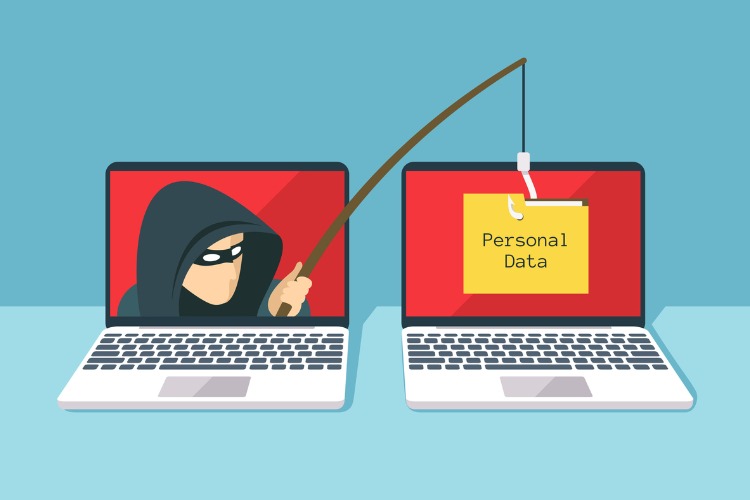7 Essential Strategies on How to Prevent Phishing Attacks in 2024
Introduction: Methods on How to Prevent Phishing
Phishing has made the attacks these days very complex and sophisticated. With its method of deceiving a person to give information about him or her, one would face massive losses in terms of finance as well as suffer data breaches. Here we learn about seven strategies how to prevent phishing and the tools and knowledge we arm ourselves with, thereby ensuring our online information stays protected.
1. Identification of Phishing Red Flags
Phishing attackers disguise their attempts as authentic messages of reputable companies. For that reason, knowing how to identify suspicious components is necessary. Phishing red flags include the following:
Urgent language: Messages saying that your account is compromised.
Unusual requests: Asking for your password or credit card information.
Strange sender addresses: Email addresses that don't belong to the company's official domain.
Tip: be alert with any form of communication that forces you to act in a hurry.
2. Turn on 2FA
Two-factor authentication is literally giving you another form of security apart from using your passwords. That means while you enter your password someone will have to look into another process of validation - getting a code flashed into their phone upon accessing their account.
Why It Succeeds: Hackers will even get hold of your password but, without this other method of verifying their identity, success levels are still that low
3. Use of Spam and Phishing Filters
Most e-mail services offer spam filters that will alert and filter potential phishing emails. The filters cut your chances of getting a phishing e-mail as it automatically moves suspicious messages into another folder.
Pro Tip: Maximize your email account security by altering its security settings. The more you alter the security settings, the better it will get in fighting against changing phishing tactics.
4. Do not click on any suspicious link.
One of the most common ways of phishing success attacks is by tempting users to click on malicious links. Never click any link from an unknown source. Verify whether the authenticity of the URL is true by typing the same into your browser manually.
Still remember: Links by phishing look like legitimate URLs except for very subtle differences, such as slight misspellings and additional characters.
5. Verify URLs Before You Enter Sensitive Information
But be sure to check out the URL of the web site before you enter any sensitive information, like your login credentials. Scammers often set up lookalike sites by making slight variations in the URL, hoping that a naive visitor won't notice.
Helpful Hint: Watch for "https" and a padlock icon in the address bar of your browser. These are indicators of a secure connection, but this is no guarantee that the site is safe. Still, scan to see if the URL matches what you want.
6. Software Updates and Anti-Phishing Tools
The best defense against phishing attacks is to keep the software up-to-date. Most updates include patches guarding against new vulnerabilities and phishing tactics. Antivirus and anti-phishing tools are additional security layers that will scan for and alert you to phishing sites.
Bonus Benefit: Browser extensions, specifically designed for phishing detection, can block malicious sites from loading, preventing the potential scam.
7. Educate Yourself and Your Team on Phishing Dangers
Any person or organization requires knowledge to protect itself from phishing. Education and training ensure the user knows how to recognize phishing and respond appropriately. A business can hold a seminar or engage in simulated phishing tests to sensitize the workforce.
Training Tip: Simulation of phishing can act as an effective reinforcement exercise for the employee, ensuring he recognizes the phishing messages before it causes any harm.
Conclusion: Be Ahead of the Threat
Adoption of these prevention strategies from the beginning will save your important data. Being aware of warning signs to updating protection tools, all proactive moves enhance the digital experience towards becoming more secure. Staying vigilant and knowledgeable can ward off phishing scams and thus provide you with control over security.

